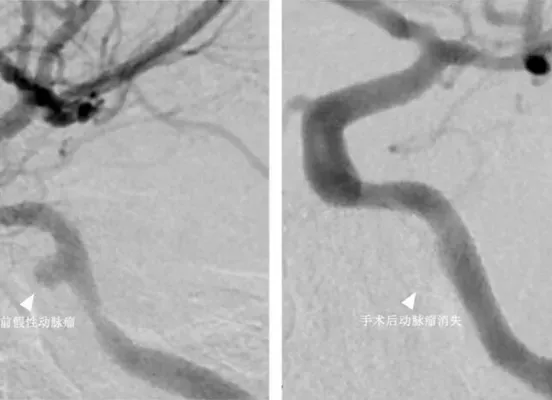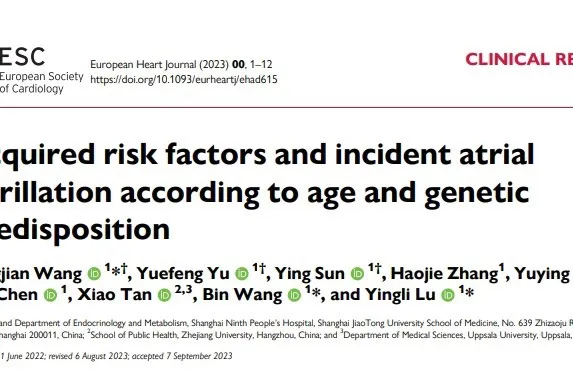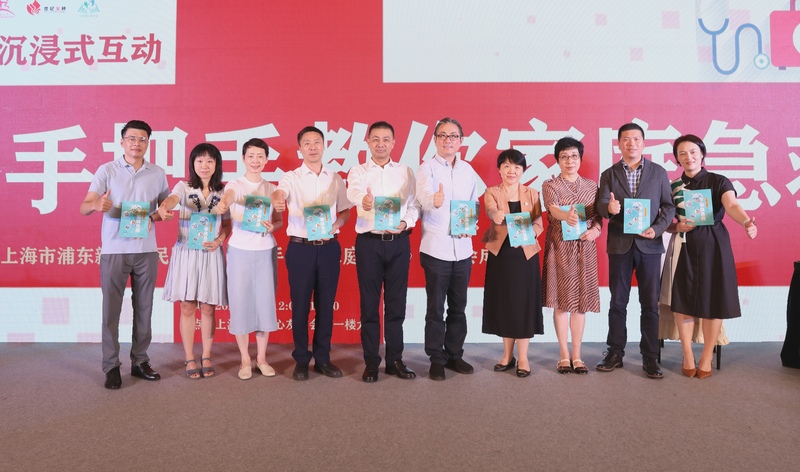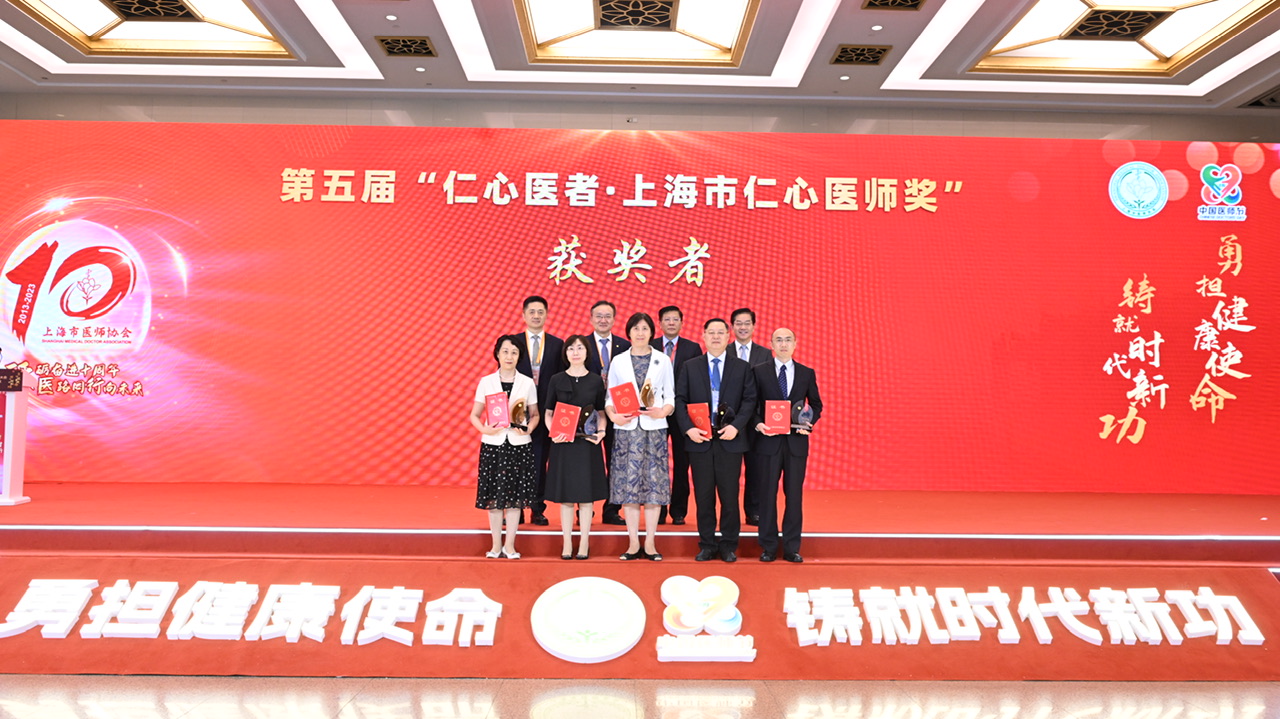Long-term stable control requires “treating the cause”. More than half of my country’s asthma patients have poor control.
Every spring is a period of high acute incidence of asthma. At the end of April and the beginning of May, trees and plants in many places across the country have entered the period of flying snow, causing "feathering snow". In addition, with fluctuating temperatures and thunderstorms in many places, the number of asthma patients in respiratory outpatient clinics has increased. . May 7th is "World Asthma Day". This year's theme is "Empowering Health Education for Asthma Patients". Professor Zhang Min, deputy leader of the Asthma Group of the Respiratory Branch of the Chinese Medical Association and a member of the Scientific Committee of the Global Initiative for Asthma Prevention and Control, said in the relevant During the science popularization activities, it was stated that many asthma patients are inseparable from their long-term poor control. Data show that about 55-70% of asthma patients in my country are in a state of poor control, and more than 80% of severe asthma patients have had at least one acute attack in the past year.
It is understood that asthma is one of the major chronic diseases affecting the health of the Chinese people. Patients are often accompanied by symptoms such as wheezing, shortness of breath, chest tightness, coughing, and variable expiratory airflow limitation. Data show that the prevalence of asthma in people aged 20 and above in my country is 4.2%, with a total of 45.7 million people. Asthma patients have different problems throughout the year. It is not just spring that requires heavy protection. They also need to prevent pollen and thunderstorms in spring and autumn, pay attention to mold and cold air in summer, and be wary of dryness and sudden drops in temperature in winter... As the seasons change, patients are constantly reminded to take measures Corresponding protective measures.
Zhang Min said, "Patients with poorly controlled moderate to severe asthma often face more frequent acute attacks and a significant decline in lung function. When seasons change or temperature changes, they are prone to chest tightness, shortness of breath, and night awakenings due to coughing, and their daily activities are also greatly restricted. Acute Asthma During an attack, there is often difficulty breathing or even a sense of suffocation, which can occasionally be life-threatening within a few minutes. These seriously affect the patient's life, work or study, and may even be life-threatening in severe cases."
Why is asthma difficult to control over the long term? Experts believe that some patients' insufficient knowledge of asthma and weak awareness of long-term management are one of the reasons. In essence, asthma is a kind of inflammation. Symptoms such as chest tightness and wheezing are just the "tip of the iceberg on the sea." Under the sea, it is actually long-term chronic airway inflammation.
Asthma treatment is long-term and consistent. The reduction of asthma symptoms does not mean that inflammation disappears on its own. Asthma patients need to adhere to long-term and standardized medication. Although some patients are treated with high-dose ICS-LABA and adhere to good management, their asthma is still unable to be controlled, or their asthma symptoms worsen or acute exacerbations occur when the drug dose is reduced.
Experts pointed out that with the continuous in-depth research on the pathogenesis of asthma by domestic and foreign scholars, type 2 inflammation with elevated peripheral sputum/blood eosinophils, exhaled nitric oxide and IgE has been proven to be the main reason why asthma is difficult to stably control. reason. Studies have shown that more than 70% of asthma poorly controlled by medium- to high-dose ICS treatment regimens are driven by type 2 inflammation. This finding has become a research hotspot in recent years and provides insights into the treatment of asthma, especially the precise treatment of severe asthma. Important reference.
How to tell if an asthma patient has type 2 inflammation? It is reported that type 2 inflammatory markers can help evaluate the condition of asthma patients. For example, FeNO, as a biomarker that reflects airway inflammation, has the advantages of simple measurement, good reproducibility, and non-invasiveness, and is mainly used for the evaluation of asthma inflammation. Carry out disease assessment and judgment. Type 2 inflammation can also be superimposed and judged by observing clinical symptoms. Patients with poor control are often more likely to suffer from a series of comorbidities of type 2 inflammation such as atopic dermatitis and allergic rhinitis. This coexistence of multiple diseases makes it difficult to diagnose the disease. Treatment becomes even more critical.
Starting from 2019, the Global Initiative for Asthma Prevention and Treatment Guidelines classify asthma occurrences based on type 2 inflammation, dividing asthma into type 2 asthma and non-type 2 asthma. Nowadays, asthma inflammation classification has become an important reference to guide asthma patients' medication and disease management. For asthma caused by type 2 inflammation, more targeted treatment options can be considered.
For patients with type 2 asthma, if medications that rely on traditional anti-inflammatory and anti-asthmatic effects are not effective, there are currently innovative targeted treatment options, such as the application of biological agents. Biological agents can precisely act on the signaling of key and core cytokines that drive type 2 inflammation and inhibit the type 2 inflammatory response from the root. It is expected to help patients achieve the treatment goals of controlling asthma symptoms and reducing the risk of acute exacerbations.
Zhang Min also said that patients' active self-management is crucial in the long-term management of the disease, including paying attention to dietary rules, dressing scientifically and keeping warm, trying to quit smoking and drinking, keeping the living environment clean, and avoiding contact with possible allergic substances and Respiratory tract infection; do blood routine or FeNO and pulmonary function tests at 3-6 months, and communicate with the doctor regularly.
It is also reported that in order to help Chinese asthma patients stabilize their asthma and breathe smoothly, on the eve of World Asthma Day, Sanofi collaborated with the sports and fitness platform KEEP across borders to jointly customize breathing training classes for asthma patients under the guidance of authoritative experts in the asthma field.





